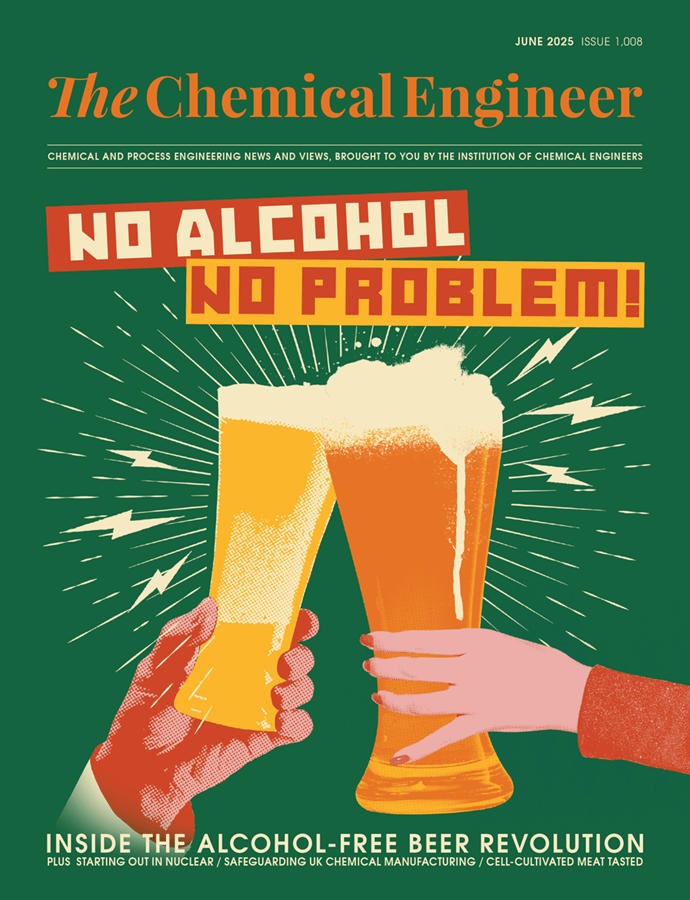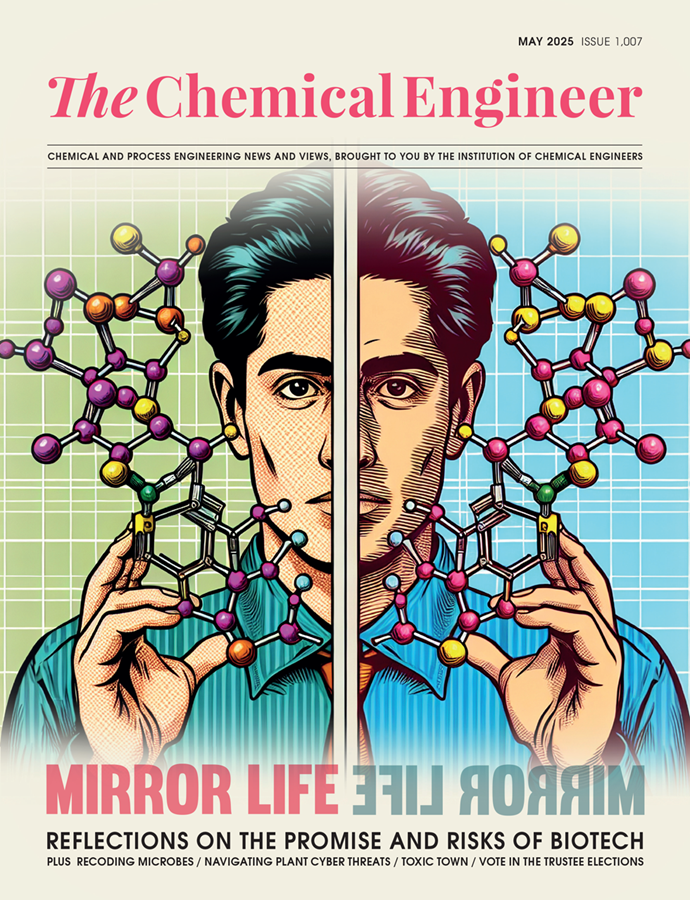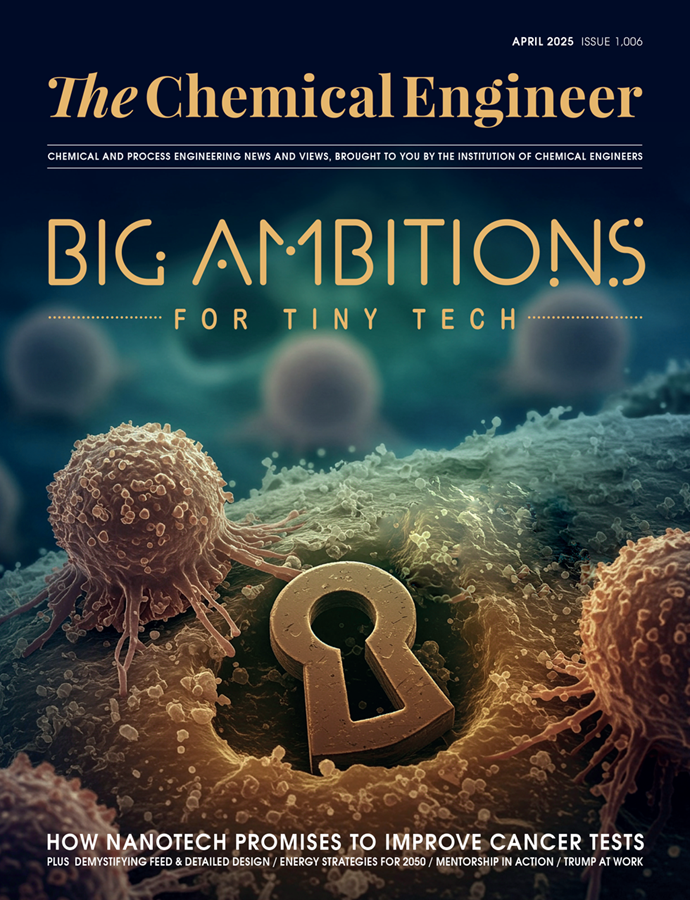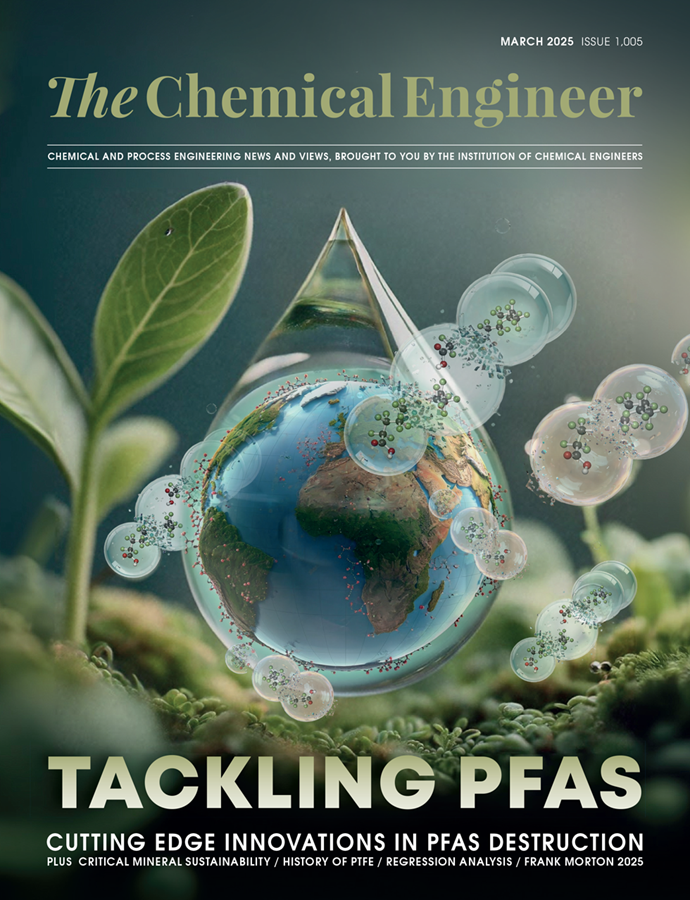Switching to Green Energy in the Food Manufacturing Industry
How Robert Barrack and process engineering staff at Aurecon NZ provided their client with a concept to fully electrify their food manufacturing plant
Quick read
- Challenges of Electrifying Food Manufacturing: Electrifying food manufacturing sites in New Zealand is complex due to fluctuating energy demands, seasonal production peaks, and cleaning cycles. Additionally, older plants with dispersed waste heat sources make heat recovery difficult
- Technologies for Electrification: Various technologies, including heat pumps, resistive electric boilers, and heat pump-steam compressor systems, were explored. The heat pump-steam compressor offers high efficiency, with a coefficient of performance (COP) over 2, making it suitable for both hot water and steam demands
- Innovative Engineering Solutions and Tools: A combined heat pump and compressor system reduced electrical power demand for steam, avoiding costly grid upgrades. The team also used visual tools like Excel models to optimise waste heat recovery and develop an efficient electrification concept
NEW ZEALAND has many food manufacturing plants which still rely on burning coal or natural gas for the steam and hot water required for process heating and equipment cleaning. To meet New Zealand’s carbon reduction and climate goals, companies in the industry are investigating transitioning to electricity to generate the process heat required to operate and clean their plants. Around 80% of New Zealand’s electricity generation comes from renewable sources.
The challenges that make electrifying complex
Food manufacturing sites in New Zealand, particularly sites with several different processing plants, operate differently from traditional steady state processing plants. Food manufacturing plants often have a winter shutdown period and a peak production period over the summer months. This differs from traditional plants such as oil refineries and chemical manufacturing, which can operate at a relatively steady production rate for >360 days per year (apart from maintenance shutdowns).
There are several challenges to overcome when considering how to electrify a food manufacturing site. Food production sees peak energy demand periods, and the plants typically run long hours and then stop for cleaning. These cleaning cycles, often across multiple plants, can be out of sync and it therefore becomes a challenge to develop cost-effective heat recovery solutions across old, new, and upgraded plants.
The harvesting of food crops normally peaks over the summer, with different crop varieties maturing at different months. This can result in the site’s production rate peaking over 2–3 months of the year, which generates a peak process heat demand over this period. Food manufacturing plants typically run for 16–24 hours before needing to stop to clean the equipment to ensure the food produced meets New Zealand’s food quality requirements. This is more like a batch plant operation, where the plant’s process heat demands for normal operation can be quite different from when the plant is being cleaned.
For a food manufacturing site with multiple plants, it is quite normal for the production/cleaning cycle for the plants to be out of sync, generating a random process heat demand curve across each day. Older food manufacturing sites that have been operating for many decades are likely to have grown organically since the construction of the first manufacturing plant. This can result in areas of waste heat being located some distance from where it can be utilised on the site. From a heat recovery perspective, this is far from ideal.
Green New Zealand
Depending on the time of the year, around 80–95% of New Zealand’s electricity generation comes from renewable sources, making it one of the greenest energy systems in the world. Most of this renewable energy is generated from hydroelectric power, followed by wind and geothermal sources. The country’s commitment to sustainability and reducing carbon emissions has played a significant role in this outcome.

Assessment of sustainable technologies
For replacing coal- and natural gas-fired boilers, we assessed four technologies to generate steam and hot water using electricity.
HEAT PUMPS
Heat pumps are an established technology, using a refrigerant compressor to extract heat from a warm waste stream (the stream being chilled) with a heat exchanger on the gas condensing side of the compressor to generate hot water (the water stream condenses the gas in the heat exchanger). It is a well understood and established technology which is being further developed to generate hot water at temperatures >90ºC.
RESISTIVE ELECTRIC BOILERS
Resistive electric boilers use electricity to generate hot water or steam, normally up to 10 barg, but higher steam pressures are possible. This style of electric boiler has number of electrical heating elements inside steel pockets, with the steel pockets immersed in the water in the boiler drum, almost identical to a kitchen kettle. The steam output from the boiler is controlled by varying the number of heating elements that are turned on.
ELECTRODE-STYLE ELECTRIC BOILERS
Electrode boilers utilise electricity to generate steam up to 40 barg (some brands up to 80 barg). The first 10 barg electrode electric boiler was installed in New Zealand in 2019, and the first 40 barg electrode electric boiler was installed in 2023, so this is relatively new technology for the country. Electrode boilers generate steam by immersing electrodes into the water in the boiler and generating an electrical current that passes through the water from one electrode to another. The conductivity of the water is very precisely controlled to achieve the required electrical resistance so the current passing through the water generates heat to boil the water to generate steam.
HEAT PUMP AND STEAM COMPRESSION
This technology uses an integrated high performance heat pump to generate low pressure steam (0.5 barg) and a steam compressor to compress the low pressure steam to the required steam pressure. This is an emerging technology, and we are only aware of one installation under development in Europe. The key advantage of this technology is the relatively high coefficient of performance (COP), which can be greater than 2 depending on the final steam pressure (compared to a COP of 1 for electric boilers).


Engineering challenge – electrification concept plan
Recent Editions
Catch up on the latest news, views and jobs from The Chemical Engineer. Below are the four latest issues. View a wider selection of the archive from within the Magazine section of this site.




